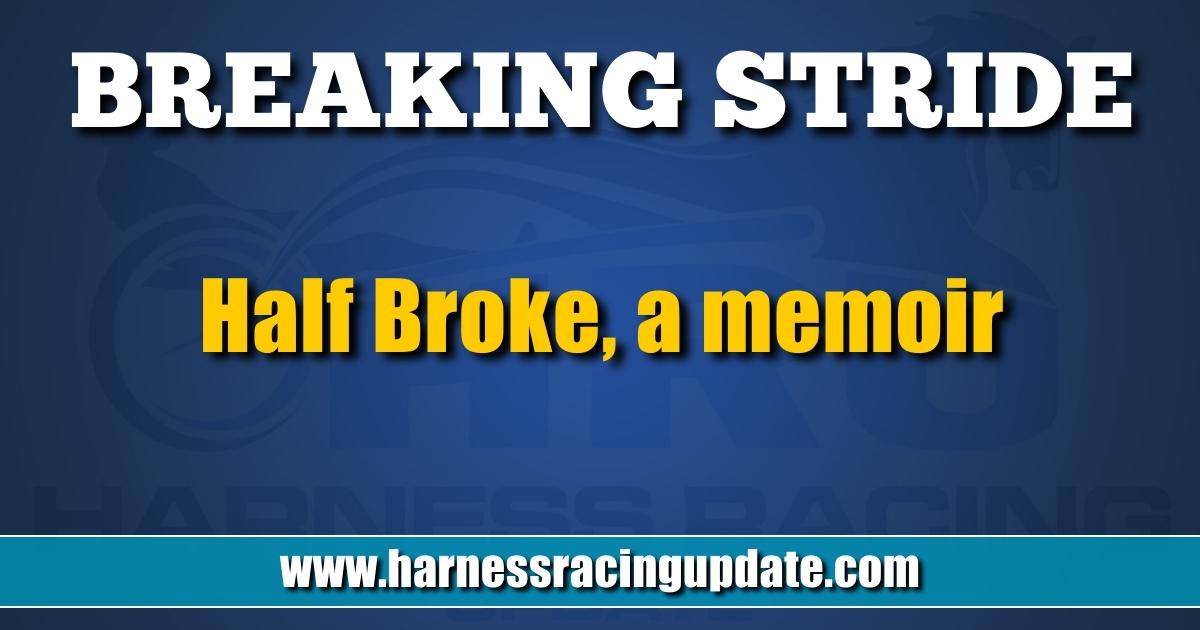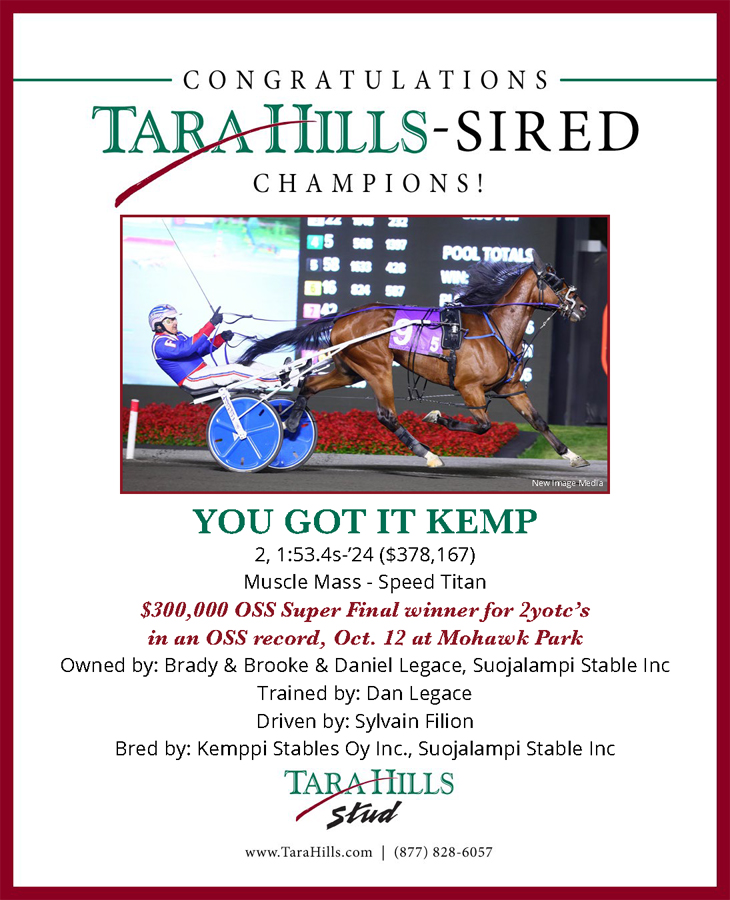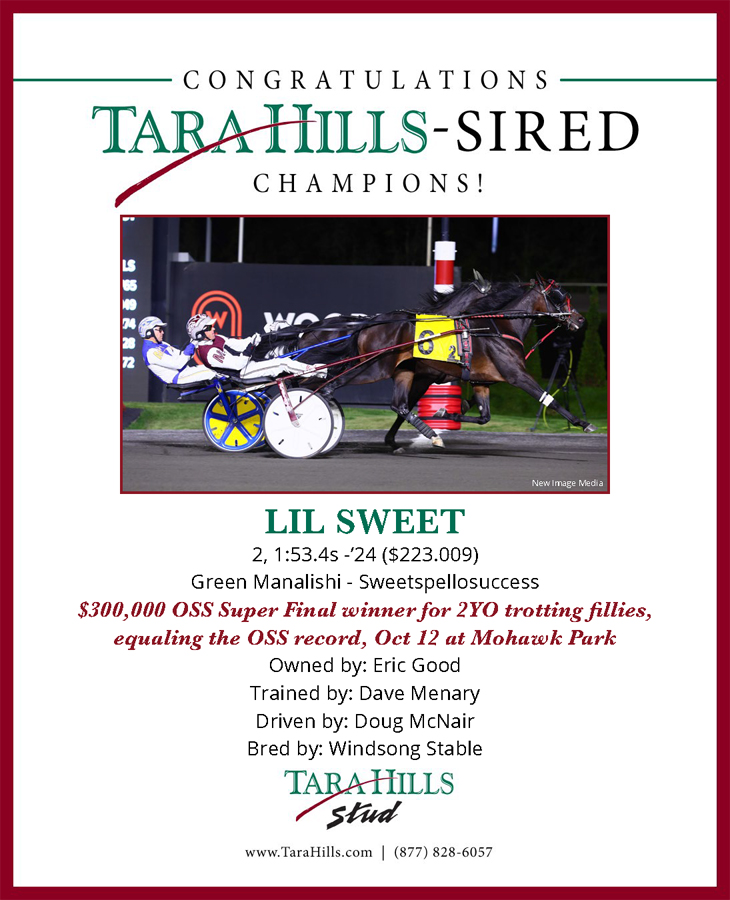

Half Broke, a memoir
Book review by Trey Nosrac
Since you are reading these words, the chances are good that you often interact with humans and horses. The odds are also good that you are fascinated by horses, perhaps even find them somewhat magical. Ginger Gaffney, the author of Half Broke, is a horse trainer cut from the same cloth as many of you. I stumbled across her book at the library and enjoyed the read. But for me, it was a troubling read.
Imagine this scenario:
You are a veteran professional horse trainer with a reputation as a horse whisperer. You receive a text asking for help. The text comes from a prison ranch, an unusual prison of approximately over a hundred prisoners run by inmates without staff or guards. Among this prison population are a dozen women inmates. These are not white-collar criminals. The inmate population has drug addicts and tattooed gang members, all transfers from traditional prisons that have petitioned to spend part of their sentence on a working ranch. Inside the 12-foot walls of this prison in New Mexico, the horses have turned feral and dangerous, injuring some inmates.
The inmates/residents have horrific addictions, criminality, or poverty in their backgrounds. The prison farm is another stop on their challenging road to a better future. But if they backslide, they return to the traditional prisons they came from. Within this milieu of prisoners, 10 prisoners compose the livestock group. This group oversees the horses despite being inexperienced and wary of the marauding herd.
The horse trainer answers the call. This book recounts a year and a half that the author spent teaching and working at this alternative prison. The troubling aspect of the book is the harsh reality that everyone involved, the convicts, the horses, and the author are all damaged physically, mentally, and socially. The pain, the problems, and the baggage of all parties are relentless. The troubled and addicted will not necessarily find recovery or redemption. This book is not a happy ending fairytale.
Gaffney is magnificent in her ability to read and communicate with horses. Each movement, twitch of a horse’s ears, eyeball turn, and breath intake mean something to her. The beautiful descriptions she shares of horse communication will interest any horseperson.
“With horses, it is best to do everything right first. Otherwise, you spend all your time undoing the unwanted behavior. That first night I take Rootbeer and Moo home to my barn. Early the following day, I got Rootbeer out of her stall. She moves away into a corner, turns, and faces me. Then she raises on her hind legs like a circus elephant doing a trick.
“She comes back down and rears, with her ears bright and pointy. I think I see a smile on her face. Every horse has a signature move. They do it for fun in the pastures or corrals with fellow horse mates. She is not trying to hurt me. This is the Best of me – she seems to be saying. And who are You? Watching Rootbeer in the air, with her belly exposed to the sun, I understand that she wants to play, that she wants me to know something about her.”
Gaffney sees the struggling humans in the livestock group through a horse’s eyes. She is much more at ease and comfortable with horses than with people. Horses seem to be her only relief from her troubled past. There is growth and healing using horses as a bridge, but the development and trust are fragile. Heartbreak and pain are around every corner, lurking, waiting to drag every member back into the darkness.
The structure of this memoir is jagged (several of the chapters appeared as stand-alone stories or essays). The flashbacks to Gaffney’s struggles with sexuality, her early work with horses, and her loneliness are fascinating and well-presented. However, the flashbacks interrupt the meat of the story, which is building relationships with these horses and these people.
Many of you might put yourselves in her boots, asking what you would do with a problem like this:
“Luna’s wound site is swollen and full of puss. Her right eye is shut and padded, like an overstuffed pillow. It looks like it is ready to blow. A trickle of yellow oozed from the corner where the infection had sunk beneath the surface of a five-inch zigzag crack blazing across the center of her face.
“Luna and her sister Estrella, black and white paint horses, have roamed free on this 17-acre ranch, uncatchable for the past two years. The ranch residents have chased them into every corner and every structure, even the 70-foot pen. No one has been able to lay a hand on them. Sara told me what happened to Luna. One of the residents, a part-time roper and part-time drug smuggler from Las Cruces, ran Luna into a stall six weeks ago. His loop fell halfway across her face as she reared up. She smacked her head on the 12-inch overhanging shelter beam. Blood splattered everywhere as Lunas shot out of the shelter, knocking the cowboy off his feet and catching her left hip on a t-post. Her flank sliced open like two parting lips.”
Gaffney finds a way to solve the equine problems, but the human issues; not so much.















